The UK Visiting Fellowship came at an appropriate time when I was involved in studying past molluscan utilisation on the Indian west coast. It enabled me to initiate application of a specific technique which would not have been possible in India due to financial constraints and lack of expertise. Since my PhD in 1995, my analysis of marine molluscan shells from some of the sites belonging to the Harappan civilisation in coastal Gujarat has revealed their potential in archaeological interpretations.
Custom Search 1
Archaeology

Formal training in scientific techniques for application in molluscan research in Indian archaeology
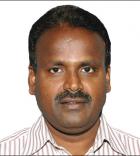
Monsoons and the Maritime: Trade in India from an archaeological perspective
Before the discovery of the monsoon winds by Hippalus in AD 45–47, the mariners of the east coast of India were aware of the monsoon wind and currents and used them for maritime trade. The maritime trade from India to Southeast Asia was a seasonal phenomenon. The distribution of Buddhist settlements, discovery of varieties of pottery, beads and inscriptions along the ports and trade centres point to active maritime trade between India and Southeast Asia.

Malabar coast: Trade systems in the early historic period
The proposed programme was mainly intended to collect literature on Indo-Roman trade, and to interact with experts in the UK and Europe in the field of early historic Indian ocean trade, to gain knowledge of the imported ceramics of the Roman period and Gulf region, and to get expertise in the newly emerging field of geo-archaeology. The research was carried out at the Centre of South East Asian Studies, the School of Oriental and African Studies, and various other institutions in the UK.
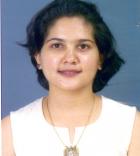
The excavation of a Chalcolithic site in North West Rajasthan
With funding from the NTICVA between January and April 2005 I assisted with a number of archaeological projects in India. Firstly I spent one and a half months excavating at the site of Gilund, Rajasthan. The excavations at this Chalcolithic site were being conducted jointly by Vasant Shinde of the Deccan College Pune and Gregory Possehl of the University of Pennsylvania. The second part of my project consisted of three weeks studying at the Deccan College. Lastly I spent one week assisting a student from the University of Chicago with fieldwork for her PhD dissertation.
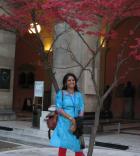
Understanding the antiquity of mankind: Interpretation of past human behaviour from archaeological artefacts with special reference to stone tools
The Nehru Trust award allowed me to visit the archives and manuscript collections of the Royal Anthropological Institute, London, and Indian Collections housed in the Pitt Rivers Museum, Oxford. The ambition of my project was to better consider the beginnings of prehistoric archaeology in the Indian sub-continent with special reference to eastern India.

Study of terracotta and clay objects of the Kushan Period (1st to 4th century AD)
I am grateful to the Trust for awarding me the Fellowship to study Kushan terracottas in the museums in the UK at the appropriate time when I was excavating sites such as Kanishkapura and Ambaran (Akhnur) in Jammu and Kashmir related to the Kushan period - particularly the latter which is famous for earlier yields of typical Akhnur Buddhist terracotta heads.
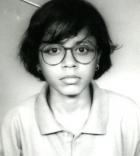
Terracottas in the history of Indian sculpture: technique and evolution.
The grant allowed me to document terracotta sculptures in a number of museums and private collections, and to study the intervention of technique in the representation and production of sculptures and other terracotta artefacts in ancient India.
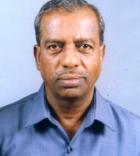
Study of prehistoric foreign tools in Indian Museums and Indian prehistoric antiquities in UK Museums and Institutions
This grant allowed me to start a larger study of prehistoric Indian antiquities in both Indian and UK museums. The report which I submitted to the NTICVA at the end of the grant had chapters on foreign tools in Indian tools in UK museums such as the Institute of Archaeology, the British Museum, the Liverpool Museum, the Ashmolean Museum, the Pitt Rivers Museum., who supplied me with literature and some photographs.
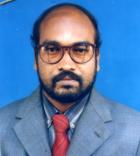
To study the urn burials of megalithic period of the Nagapattinam region
This award helped me to do the research on the burial systems, and to motivate my students to get involved in archaeological activities.
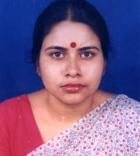
Bengal Sultanate Coins
In 1996 I undertook a research project entitled "Coinage and Currency System of Bengal Sultans (1204-1576 AD inmy capacity as Fellow of the Institute. A part of this project involved indepth study and documentation of coins preserved in public collections inridge the UK. I applied for a Visiting Fellowship in 1997 and received the award in 1998 which was the ideal time for mto visit the UK after completing the first phase of rsearch work on the coin hoards of the Bengal Sultanate in India.
